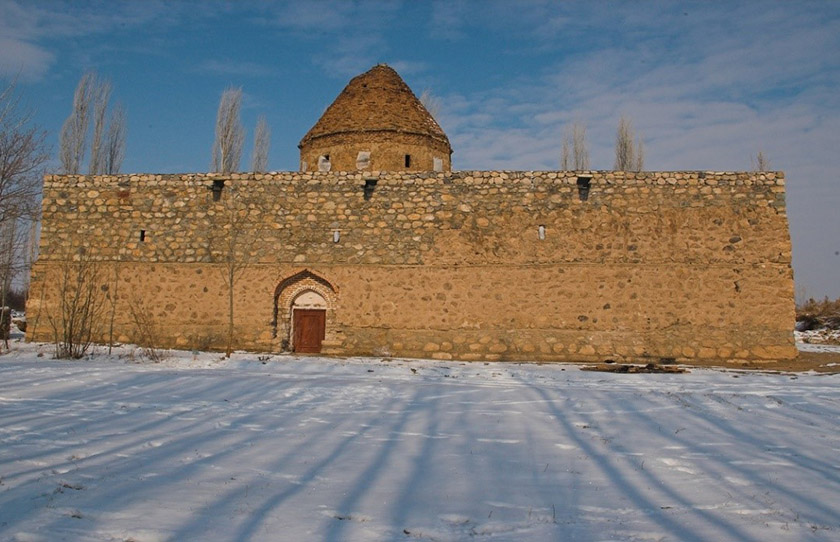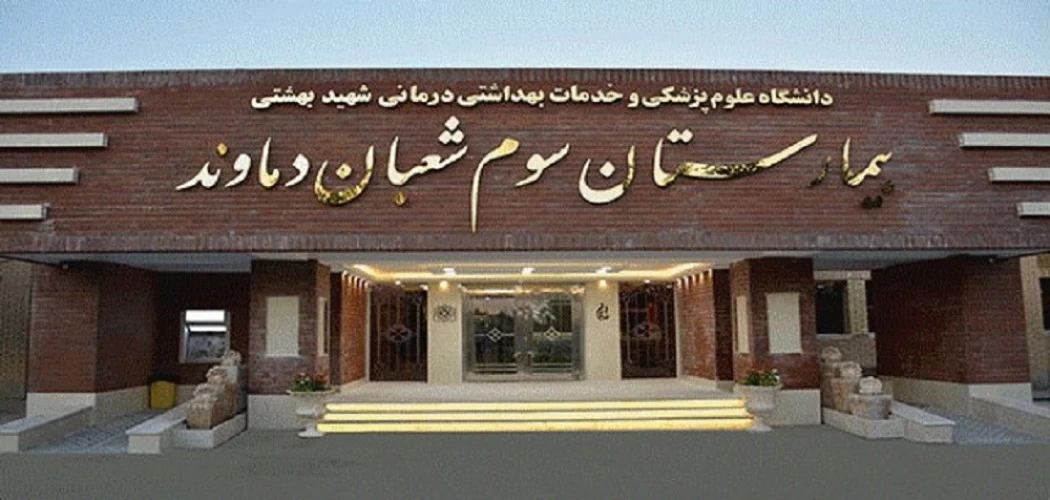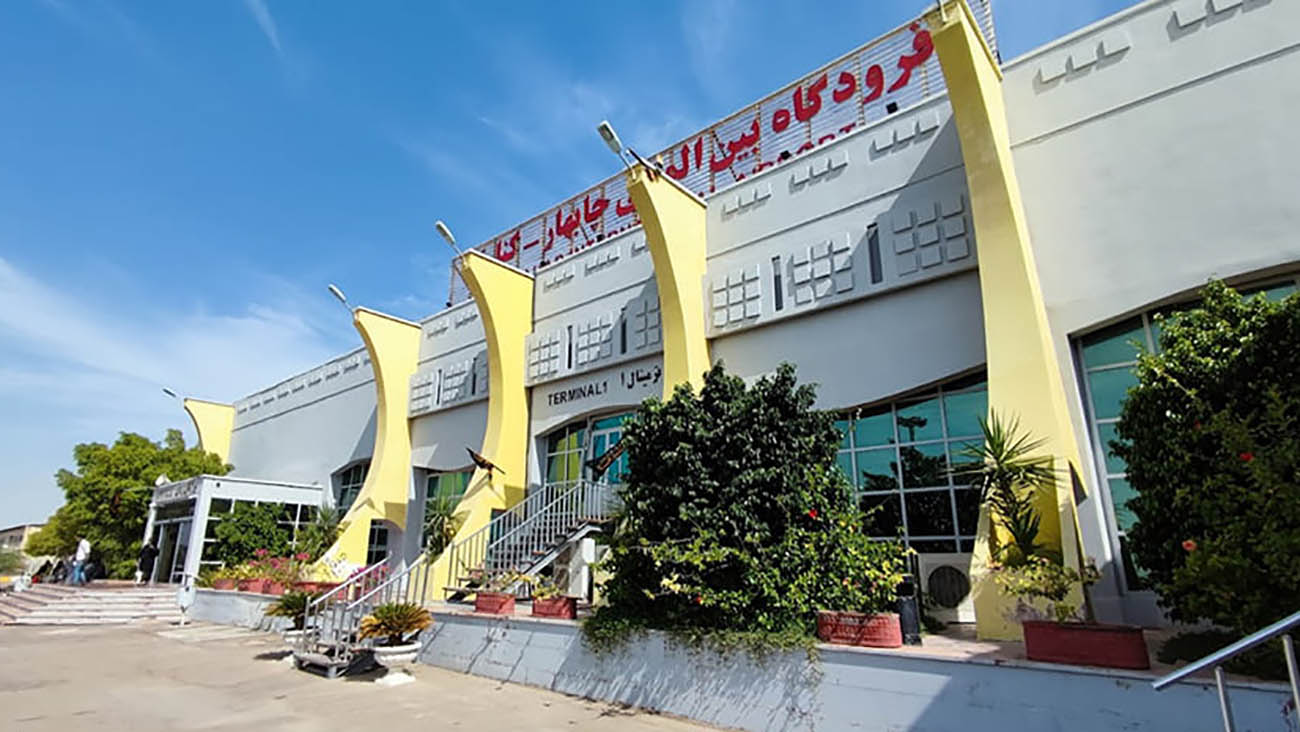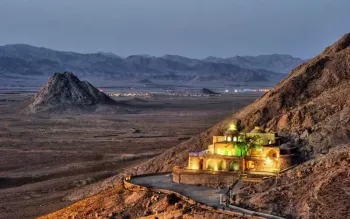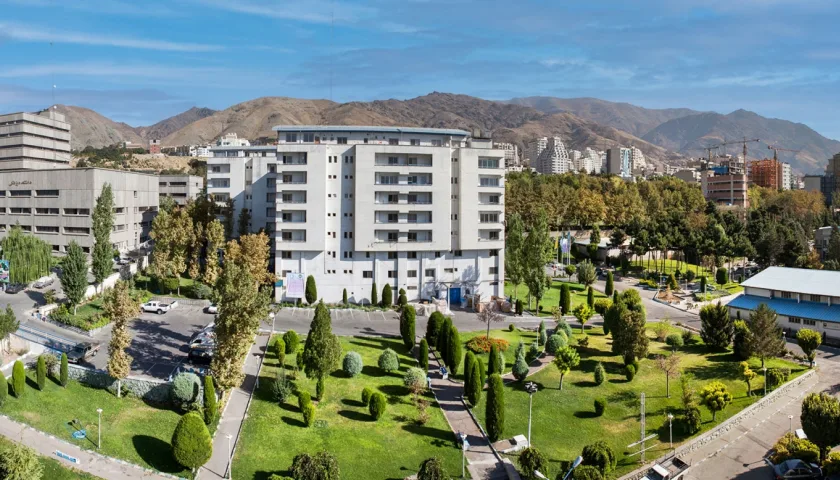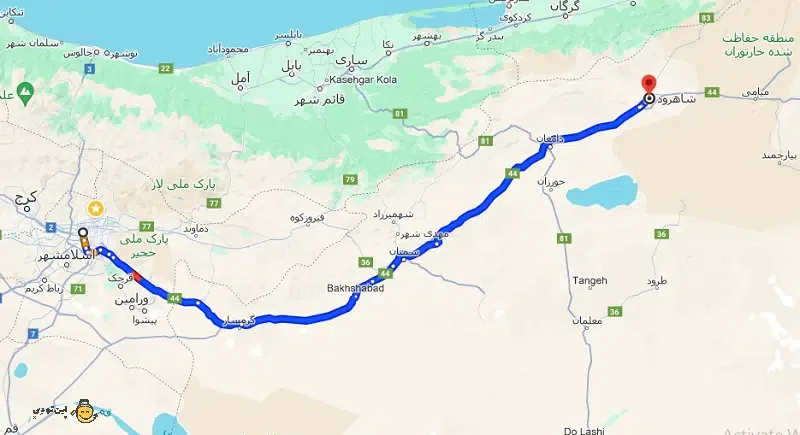Surp Serkis Church
The West Azerbaijan region is one of the most popular destinations for tourists due to its numerous natural and historical attractions. Khoy, as the largest city in the province after Urmia, is no exception to this trend. Archaeological findings from Khoy reveal that the city has a history of 7,000 years. Inscriptions and clay tablets discovered in the area show evidence of Sumerian, Assyrian, and Urartian civilizations. Additionally, due to its location on the Silk Road, Khoy has long been a crossroads for people of various ethnicities and religions. Moreover, because of its proximity to Armenia, this part of the country has historically been home to many Armenians. As a result, one of the major attractions in West Azerbaijan that visitors particularly appreciate is the numerous historic churches in the region, including the Surp Serkis Church and the Mahazan Church in Khoy. Join us at Gulf City Pedia for more detailed information about the Surp Serkis Church.
History of the Surp Serkis Church
The Surp Serkis Church, historically known as Saint Sergius, Saint Sarkis, and Saint Serkis, is located in the town of Khoy. There is a consensus about the age of this church. Local people believe that the church dates back approximately a thousand years. Mulla Ja’far Khoyi, in his report on the travels of Mozaffar ad-Din Shah, mentioned that, according to the Armenians of Khoy, one of the two churches in the city is a thousand and one hundred years old, while the other is four hundred years old. Some archaeologists believe that the shape of the arches and domes of the church, as well as the brickwork on the exterior, suggest that the building dates back to the early Ilkhanid period. This estimate is somewhat consistent with local oral traditions.
However, Armenian historians and researchers attribute the construction of this church to around 332 to 333 AD. According to Armenian belief, during the reign of Shapur II of the Sassanian Empire in the 3rd century, a Christian missionary named Sergius of Cappadocia came to this region to preach Christianity, and he was executed by Shapur. After his death, Christians in the area built a church in his honor and named it after him.
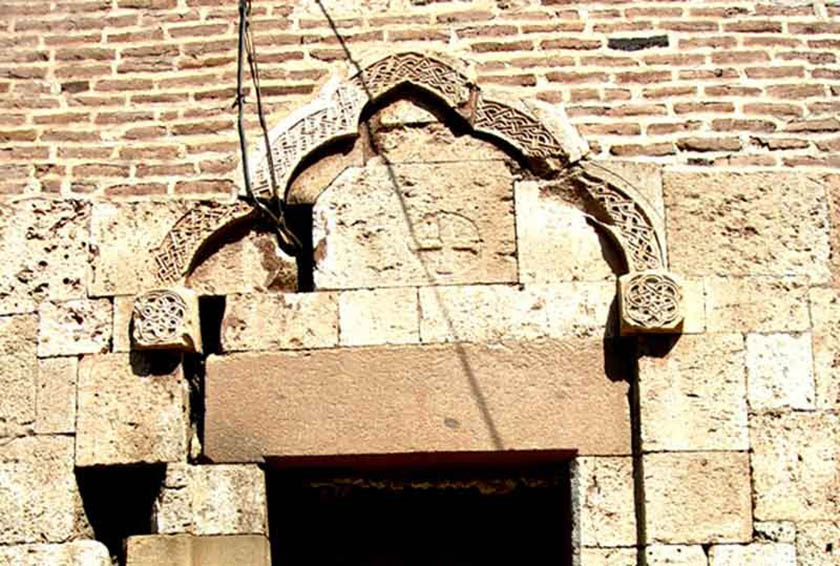
The Armenians believe that the church’s rectangular structure and its resemblance to Zoroastrian fire temples support this claim. An inscription on a stone near the entrance shows dates of either 1120 or 1180 AD. It is likely that an older structure, similar to Zoroastrian fire temples, originally stood on this site and was possibly used as a church. After the destruction of the original building, the current church, which features architectural characteristics of the early Ilkhanid period, was constructed on the site. The present building has been renovated several times. Armenian records indicate that the last major renovation took place in 1919. Following the migration of the Armenians of Khoy in the early 20th century due to the Armenian Genocide by the Ottoman government, the church fell into disrepair and was even damaged by illegal excavations by antiquities traders. However, with the church being recognized by the Cultural Heritage Organization as part of the historical sites of Khoy, it is now in relatively good condition.
Map and Description of Various Sections
The Surp Serkis Church is constructed of stone, measuring 32 meters by 18 meters. From the outside, the height of the church walls is approximately 5 meters. However, the height is greater from the inside. This discrepancy is due to the gradual accumulation of alluvial deposits from Mount Orian around the church walls over time, which also serves as further evidence of the church’s age.
Architecture of the Building
The church is built with stone and brick walls, 1.20 meters thick, in a rectangular shape. Approximately two-fifths of the lower part of the walls are made of stacked stone, while the remaining sections are constructed with brick. The building has two main entrances, located on the south and west sides. Light enters the church through eight small windows on the southern wall, three windows on the eastern wall, and a single window on the western side.
Inside the church, there are six dark limestone columns, shaped like rectangular prisms. Some sections of the walls feature decorative carvings, mostly inspired by the shape of the cross. The most elaborate decorations are found in the altar area, which unfortunately is semi-destroyed. These altar decorations include floral and arabesque patterns with vivid colors on plaster.
Visitors to the church in Khoy can also explore other attractions in the city, which include several notable sites mentioned below.
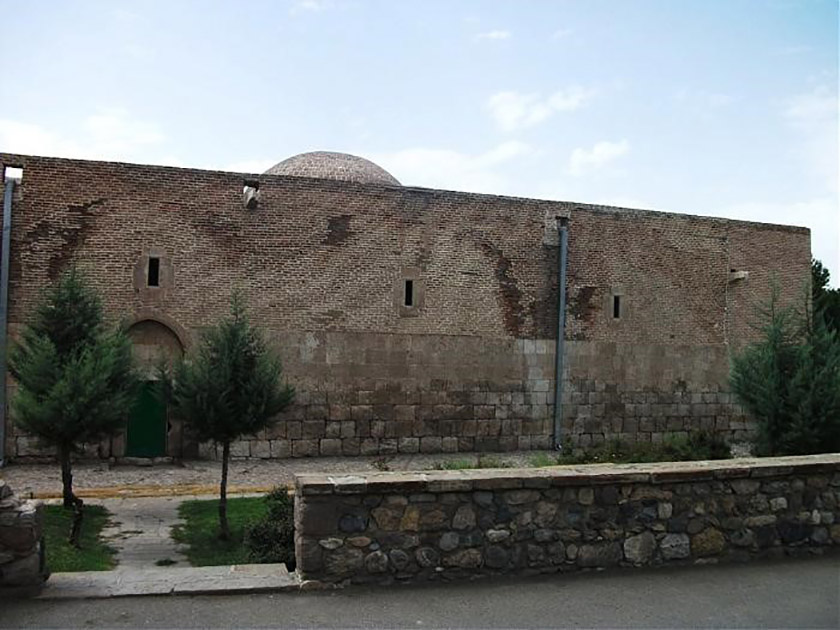
Shrine of Shams Tabrizi
In Khoy, there is a shrine believed by the majority to be the burial place of Shams Tabrizi, the spiritual mentor and companion of Rumi. Every year, a ceremony is held at this site in honor of this revered mystic, attracting many enthusiasts of Shams and Rumi.
Tomb of Poursaie Vali
Few people have not heard of Poursaie Vali, the renowned and valiant wrestler of Iran. According to some accounts, Poursaie Vali, whose real name was Mahmoud Khwarezmi, was born in Khoy or Salmas. His profession was leatherworking, but he traveled to many parts of Iran, Central Asia, and India to participate in sports competitions. This hero is not only celebrated for his athletic achievements but also as a paragon of chivalry and ethics among the people. Although there are tombs attributed to Poursaie Vali in Khiva, Uzbekistan, and the village of Kamamard in Fuman, cultural heritage authorities have confirmed the authenticity of the Khoy tomb through DNA testing.
Khoy Bazaar
Dating back to the Safavid era, Khoy Bazaar was once the center of trade in the Azerbaijan region. It remains the second largest covered bazaar in Iran today. In addition to the aforementioned sites, other attractions such as the Shams Tabrizi Tower, the Stone Gate, Gator Bridge, the Imamzadeh Seyyed Bahlool, and many other tourist spots are also near the Surp Serkis Church, making your visit even more engaging and unforgettable.
Visiting Conditions for the Surp Serkis Church
Visiting the Surp Serkis Church does not have any specific requirements. However, there are two important points to keep in mind:
Time Required: The visit to this attraction typically takes 1 to 2 hours. Plan your trip so that you have enough time to fully enjoy the visit.
Preservation: Given the historical significance of the church and its value to many Armenian compatriots, as well as for the purpose of preserving cultural heritage, please avoid causing any damage to the site.
Address and Access by Various Means
The Surp Serkis Church is situated on a half-hectare plot, 3 kilometers northwest of the city of Khoy, in an old neighborhood called Imamzadeh. The church is currently located in a square named Qamsal. To visit the church, simply travel to Khoy. For a safe, convenient, and hassle-free trip to this beautiful church, we recommend purchasing a bus ticket to Khoy. Notably, the Khoy bus terminal, named Haji Mohammad Hanifeh, is the largest bus terminal in the west and northwest of the country.

